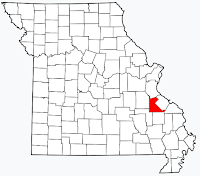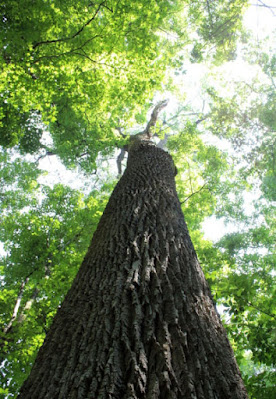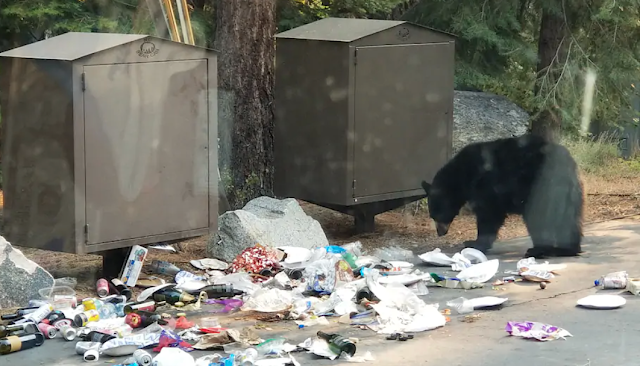As the coronavirus surges in the north central U.S., those who have not taken the pandemic seriously or refused to acknowledge its existence have been forced to grapple with the reality of the situation.
Jodi Doering, a registered nurse in a South Dakota emergency room, said that she's seen many covid patients continue to deny that the virus exists, right up until they die from it, CNN reports.
"I think the hardest thing to watch is that people are still looking for something else and a magic answer and they do not want to believe covid is real," Doering told CNN. "Their last dying words are, 'This can’t be happening. It’s not real,'" Doering said some patients insist they have pneumonia or other diseases, despite receiving positive test results for the coronavirus.
"The
United States surpassed 11 million coronavirus cases Sunday, and health experts warn of even bleaker weeks ahead, urging the public to take the pandemic seriously and abide by strict social-distancing rules," Paulina Villegas
reports for
The Washington Post. "They have also urged public officials to implement more restrictions, such as statewide mask mandates, to stem the spread."
"In North Dakota, where cases have rocketed in the past month, Republican Gov. Doug Burgum has also acknowledged the phenomenon of disbelief among the population," Villegas reports. "
Burgum pleaded with fellow residents late last week to take precautions, as the state’s hospitals are overwhelmed with patients."
Meanwhile, "as
hospitals in Iowa fill up with covid-19 patients amid a major surge in cases in recent weeks, Gov. Kim Reynolds, who once dismissed coronavirus restrictions as 'feel-good' measures, has abruptly reversed course, issuing the state's first mask mandate," Scott Neuman
reports for
NPR. Reynolds, a Republican, "signed a
proclamation requiring Iowans over the age of 2 to wear masks in indoor public spaces starting Tuesday."
Reynolds also limited public gatherings and restricted bar and restaurant operating hours, though she carved out numerous exceptions for classrooms, office and factory work, and religious gatherings, Neuman reports. In a news conference Monday, Reynolds said she didn't want to order the new restrictions, but said if Iowans don't take it seriously, "businesses will close once again, more schools will be forced to go online, and our health care system will fail."
"In July, the
Center for Public Integrity, a Washington, D.C.-based nonprofit,
reported that a White House Coronavirus Task Force document had prepared, but never published recommendations that 18 states with cases of 100 or more per 100,000 residents should be locked down to prevent the spread of the disease.
Iowa was on the list," Villegas reports. At the time, Reynolds recommended that Iowans wear masks but said she trusted Iowans to act in their best interests and said such a mandate was unenforceable.
The Navajo Nation, meanwhile, entered a lockdown Monday in an effort to stop infections, Reese Oxner
reports for NPR. The reservation was
once a major hot spot for coronavirus cases, but has acted aggressively over the past months to curb the virus's spread.













